Annunciation
Oil on canvas, Cm 126 x 96 - with frame, cm 144 x 115
Depicted is a canonical Annunciation that sees Mary kneeling interrupted by the whirling arrival of the archangel Gabriel who prunes as a gift of white lilies, a symbol of purity, to remind of the untouched virginity and purity of the Virgin. The scene is surrounded by divine light whose rays radiate from the dove of the Holy Spirit.
The painting for stylistic and formal characteristics is attributed to an artist well aware of the work of the painters Carlo Francesco Nuvolone (Milan, 1609 - 1662), celebrated Milanese painter, part of a prolific workshop founded by his father Panfilo and his brother Giuseppe (1619-1703). The characteristic component of their work was that of the fusion between the two traditions, Lombardy and Emilia, proper to the Nuvolone. They collaborated in the decoration of the Chapel of the Sacred Mount of Orta and in the frescoes in San Francesco a Trecate. Carlo Francesco trained at the Accademia Ambrosiana founded by Borromeo under his father Panfilo and later with Giovanni Battista Crespi, known as il Cerano..
Carlo Francesco suffers the suggestion of the vibrant patetism of the two leaders of the early seventeenth-century Lombard, Cerano and Procaccini, which declines in a language of executive frankness, but static in the compositional articulation. In full maturity, the language becomes more relaxed and mature, thanks to the greater mastery of drawing, up to the full mastery of an expressive register now fully baroque, which finds its distinctive features in the airy direction of the scenes and even more in the prerogatives of the pictorial treatment, now animated by an atmospheric and leaven texture, able to give the figures a vaporous texture, adequate to the inflection of tenderness that inspires its expressions and attitudes.
Giuseppe remained more stylistically linked to his older brother Carlo Francesco, although after the death of his most famous brother in 1662 he found considerable success having remained the only popularizer of the "Nuvolonian" manner. Joseph is thus preparing to mature and strengthen his own detached pictorial language: painting becomes more intense and solemn in the vivacity of the tones and complexity of the compositions; the narrative efficacy of Joseph’s painting and his ability to master large-scale representations.
This painting can be approached, especially looking at the figure of the Madonna, the Virgin in the altarpiece of the Church of the Holy Sepulchre in Milan and in the Holy Family of the Pinacoteca Ambrosiana; another reference is the Annunciation of Brera by Carlo Francesco. But also to the madonnas of Joseph as in the Holy Family of Bregnano (Como), Madonna and Saints of the Civic Museum of Piacenza.


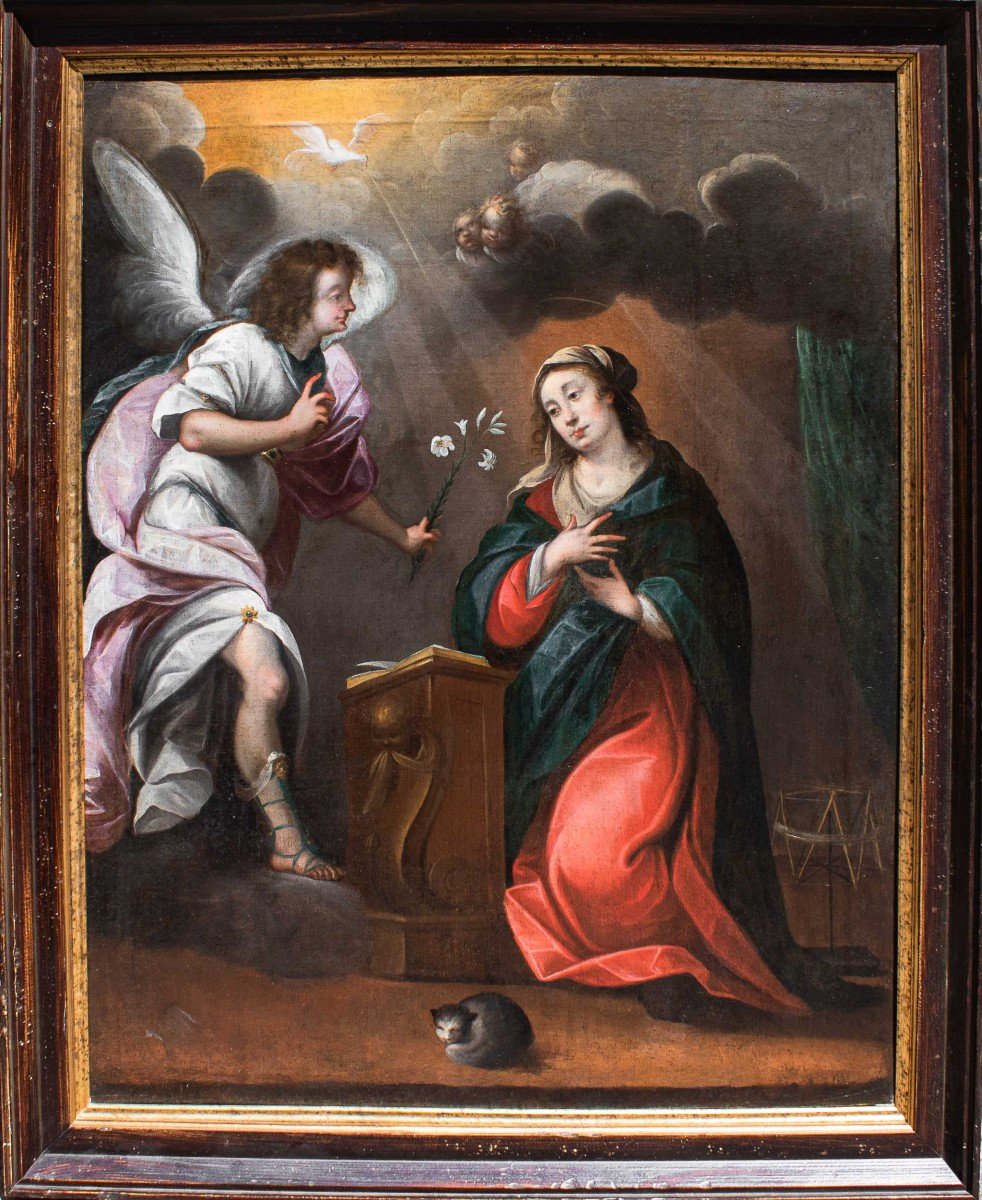

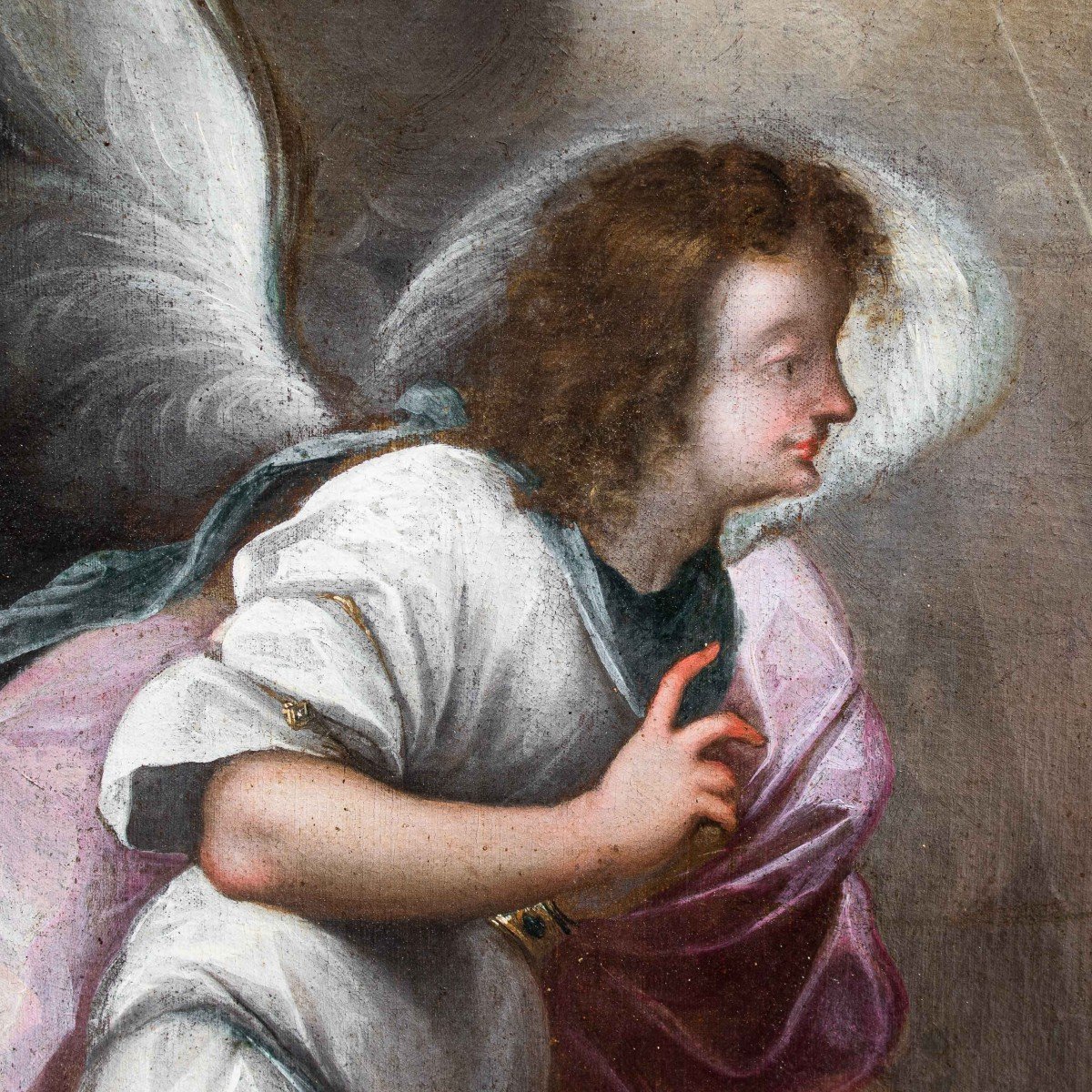



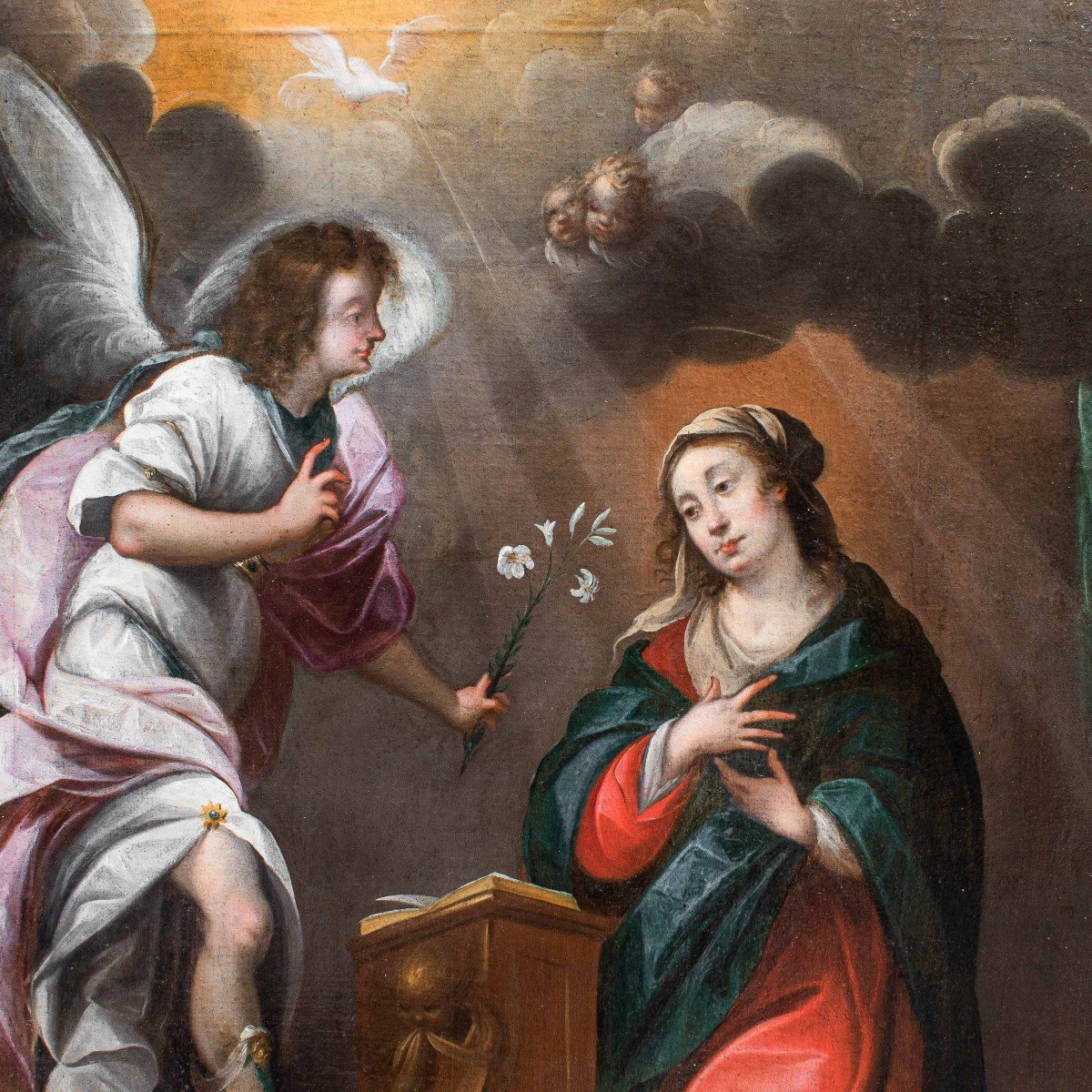
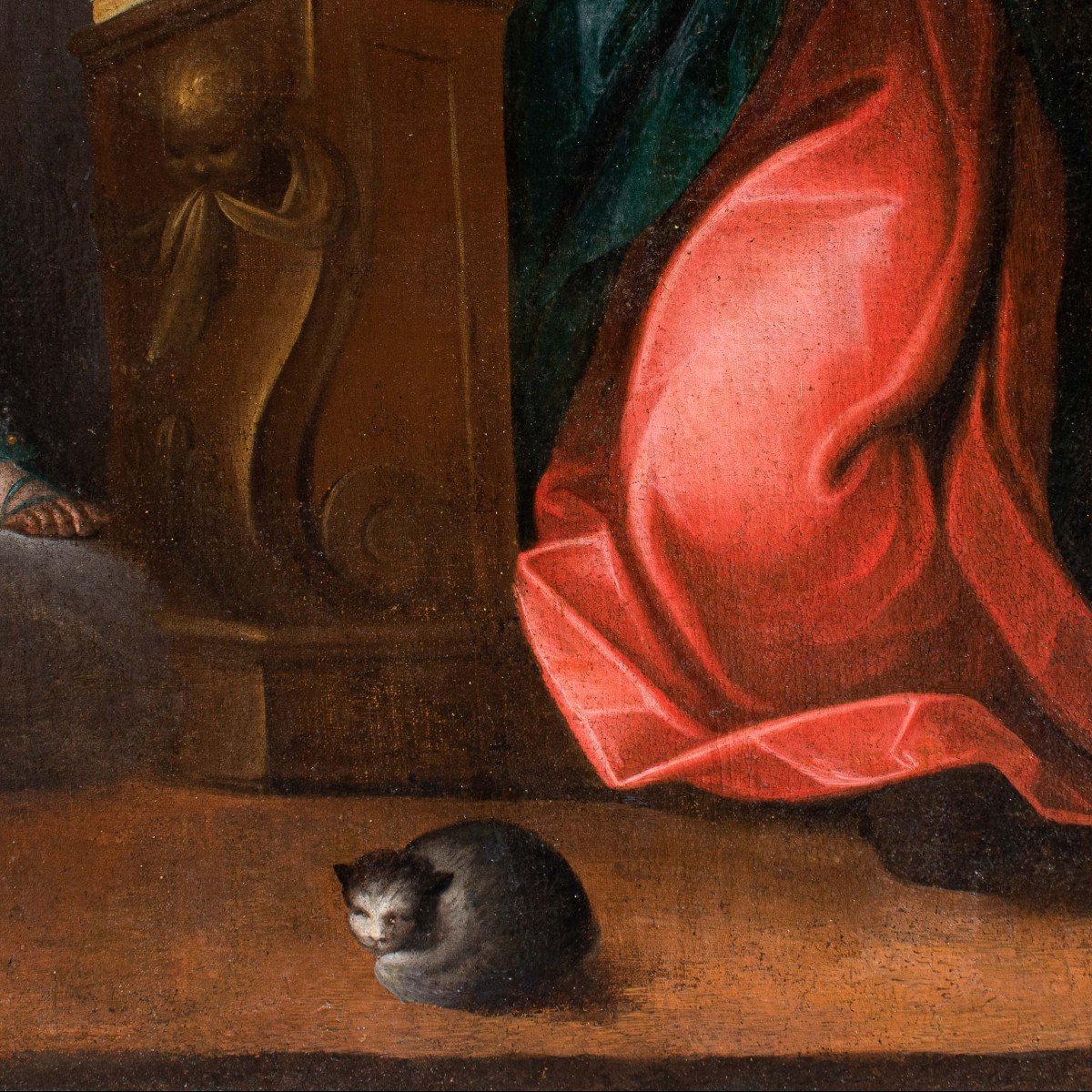

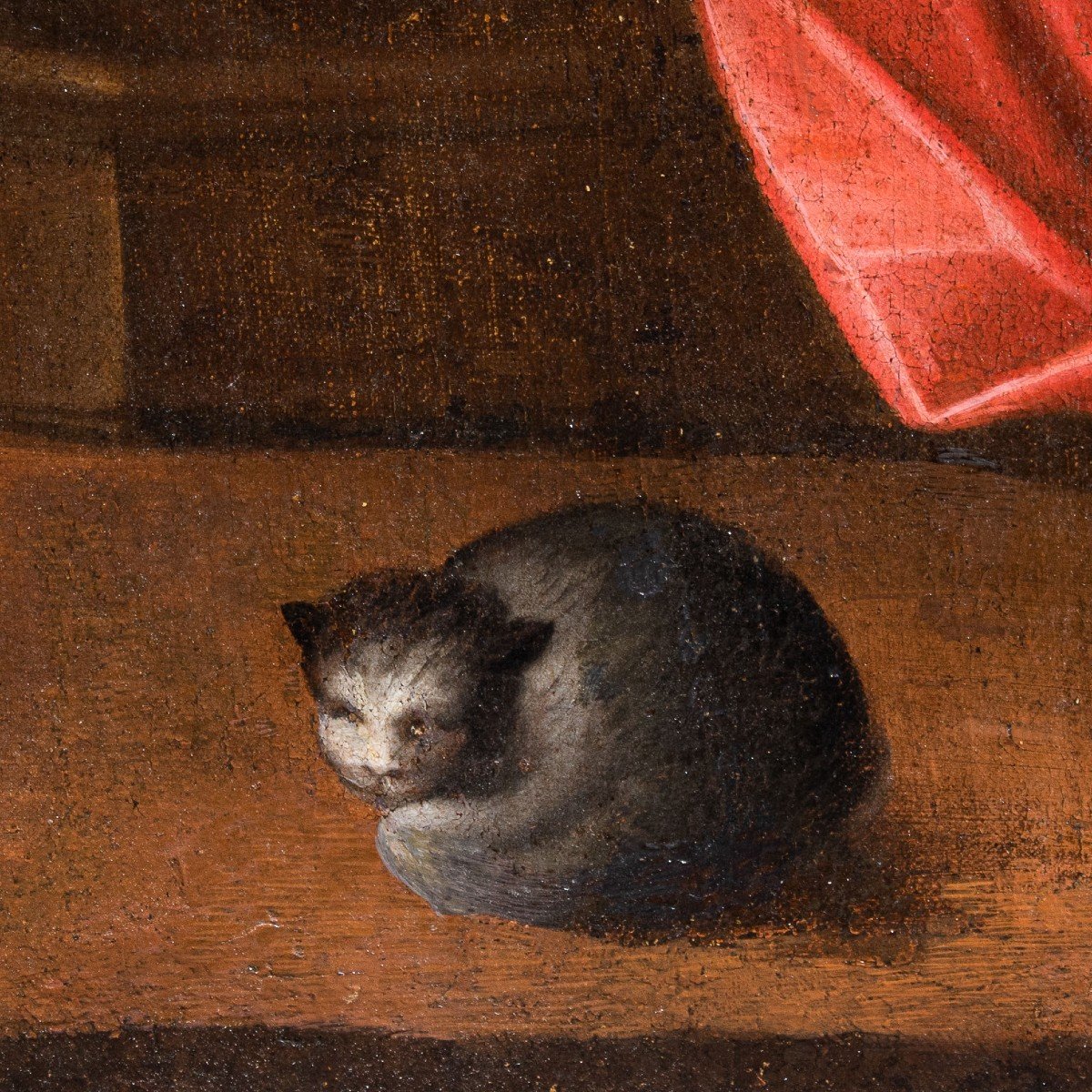
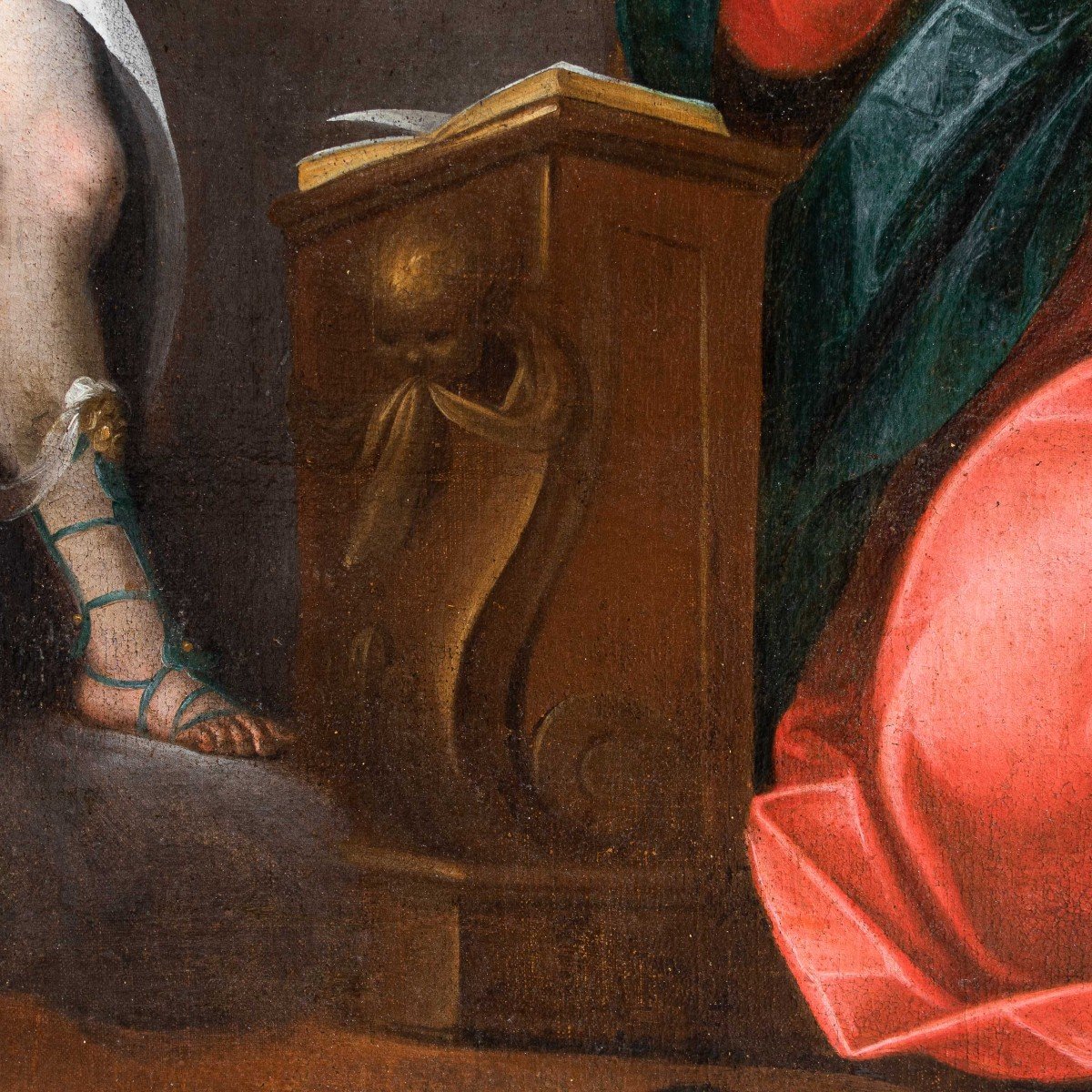






















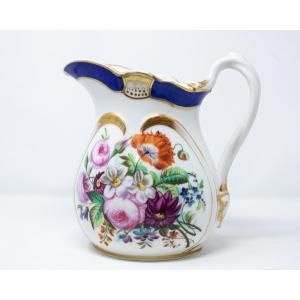


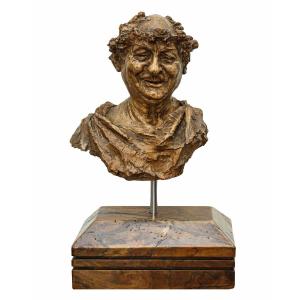


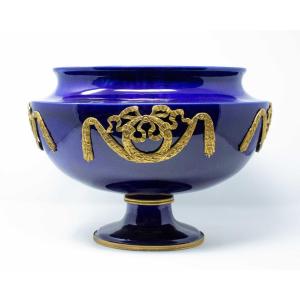


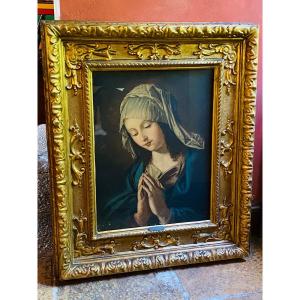

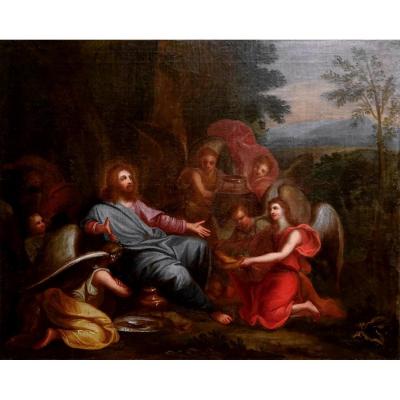



 Le Magazine de PROANTIC
Le Magazine de PROANTIC TRÉSORS Magazine
TRÉSORS Magazine Rivista Artiquariato
Rivista Artiquariato